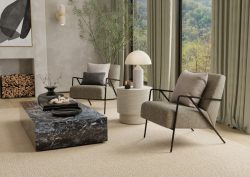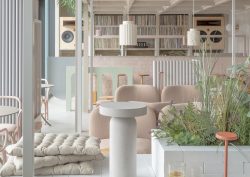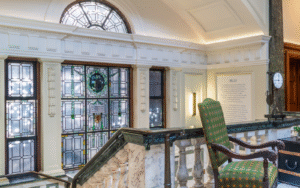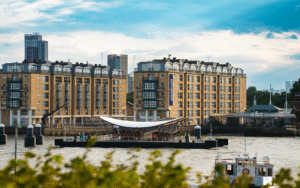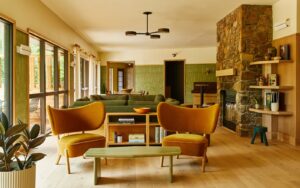Editor Hamish Kilburn caught up with Ken Hu, President and Principal Partner at CCD, who for more than 30 years has been putting culture and history first in order to nail down descriptive design narratives in hotel design…

Whatever the tool used, whether it is art, architecture, materials or – in most cases – all of the above, designers who manage to consistently capture meaningful sense of place in hotel design are the individuals who spend time researching, exploring and in some cases living in the local culture to breathe new life and energy into the spaces that are being transformed. For Ken Hu, President and Principal Partner at CCD, understanding the landscape of an area, before going in and adding elements that sensitively challenge conventional design models, is the only approach when it comes to interior design. “I first get to know the culture, history, and geography of the project,” he told Hotel Designs. “Different styles and forms are presented according to the local cultural characteristics of the project. In my opinion, design is a circular process, which should not be restricted by style, but let the style form naturally.”
“I hope that contemporary young designers pay attention to the differences of each project, deeply study the design function, and carefully do the design work well.” – Ken Hu, President & Principal Partner, CCD.
With more than 30 years’ experience – more than 22 of those being in hospitality design – Hu has seen many shifts in the hospitality arena. One of the most obvious themes that Hu has noticed is how cultures have been merge through design and architecture. Looking back, and when offering advice to the next generation, he would like the scales somewhat rebalanced between the translation of eastern and western influence in hotel design. “Our modern life is borrowed from Western society,” the designer explained. “Therefore, Western creativity has a complete system and occupies a leading position in the design field. But Eastern design also has Eastern wisdom. How to integrate eastern wisdom into the Western system is what we want to do.”
With this in mind, I thought it would be a good place to start my interview with the designer.
Hamish Kilburn: Can you give me an example of a project where you used eastern references in a western project?
Ken Hu: In the design of Diaoyutai Hotel Hangzhou, I did a lot of research and experimentation in order to subtly integrate the taste of Hangzhou with the characteristics of the Hotel. We injected some bright colours, such as bright yellow, to reflect the grandeur of the East.
I encouraged our teams to innovate and break the imagination when designing DongFengYun Hotel Mi’Le – MGallery and 50% Cloud Artists Lounge. The final work is stunning, full of ethnic customs and contemporary art.
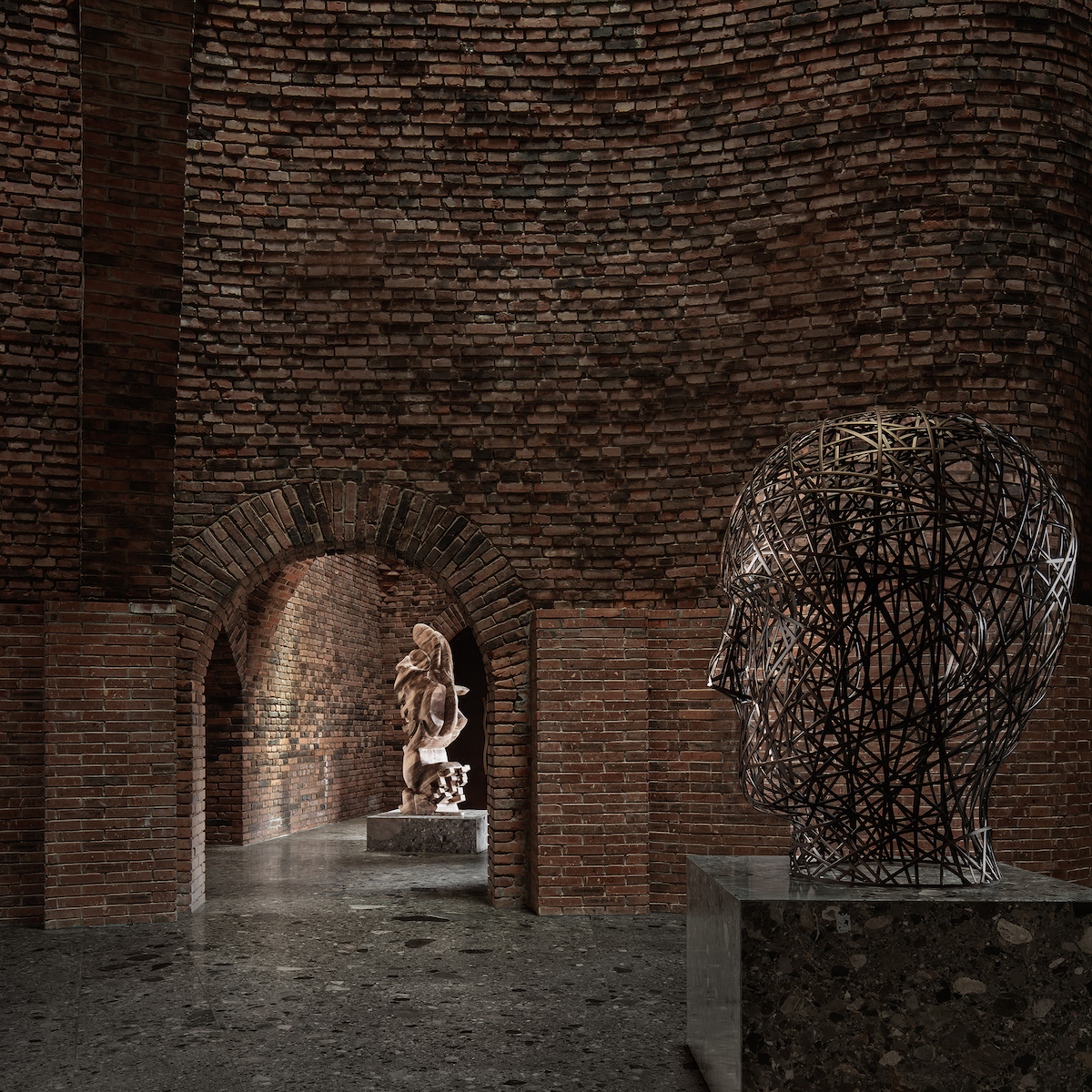
Image caption: A minimalist approach inside 50% Cloud Artists Lounge. | Image credit: CCD
HK: You joined CCD in 2000, a ‘turn of the page’ for the hotel design industry. How did the studio feel back then?
KH: My old classmate Joe Cheng gave me many different inspirations. In the past, western design has a complete system and occupies a leading position in the design field. But Eastern design also has Eastern wisdom. We no longer fellow the old path of Western design, and added Eastern wisdom and culture to the design. Therefore, under the deep cooperation with Joe Cheng, the concept to ’embody eastern charm with western technique’ was born.
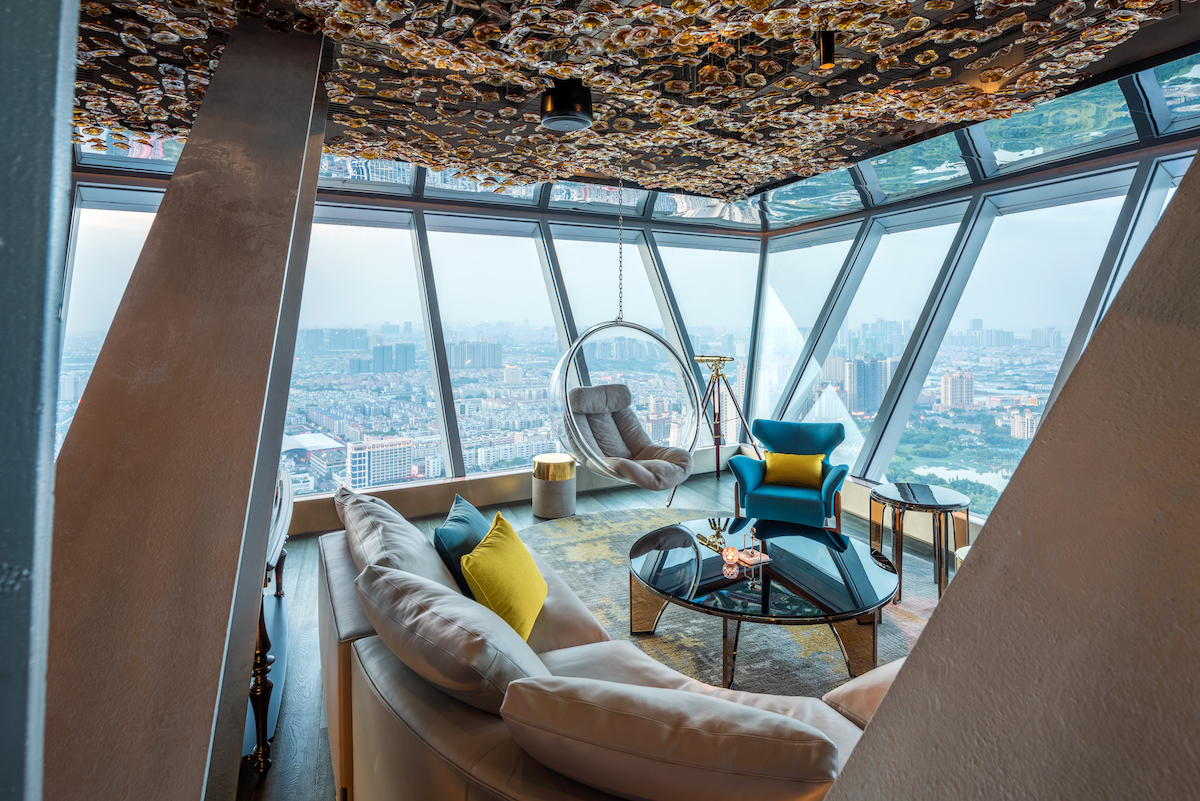
Image caption: A different perspective over Paris from Sofitel Foshan Louvre Hotel. | Image credit: CCD
HK: In that time, can you identify your most memorable projects?
KH: Sofitel Foshan Louvre Hotel is the most memorable project in my design career, which I worked on for seven years. It blended into the Lingnan garden, oyster shell wall, fragrant cloud yarn, Manchurian window, and other folk craft details, carved out the classics of southern Guangdong.
HK: Let’s talk about the present. Can you talk us through the design narrative of your most recent project, W Changsha?
KH: There is a Changsha star in the sky, and the city of Changsha is also called ‘Star City’. The interior design is inspired by that. The arrival experience has been designed to magnify the universe by 300 times, with cosmic elements such as galaxies, planets and meteorites, all embedded in the design.
The lobby is designed with ‘Star of the Universe’ as the design concept to stimulate the imagination of the universe. The stars were deconstructed and reorganised to form the ‘Avenue of Stars’. Everyone here is a star in the future. The brave heroes who opened up the historical era are looking up and chasing the unreached places beyond the horizon.
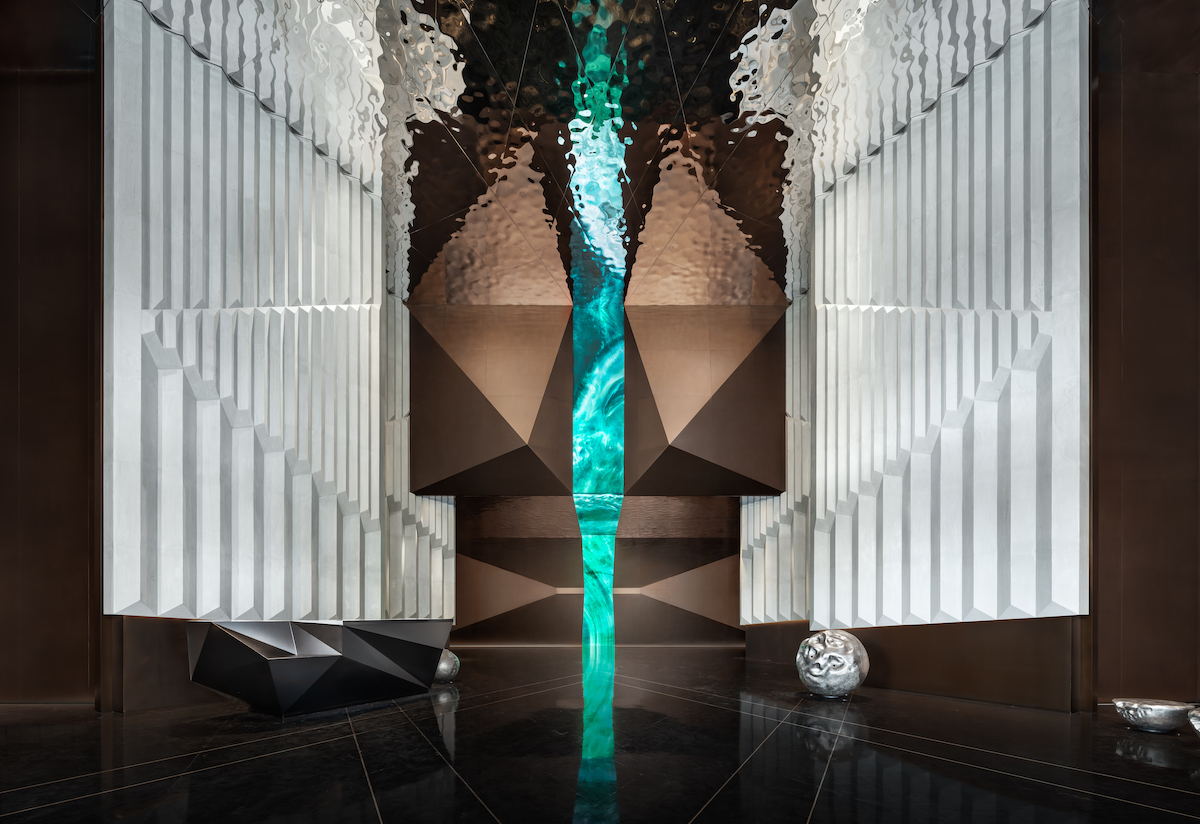
Image caption: W Changsha is a futuristic and cosmic look at hotel design. | Image credit: CCD
In the design of RUNWAY Bar, we used artistic thinking to endow the starry sky with beauty, courage and sustenance. The blooming starlight ceiling, with fantasy, splendid and mysterious visual expression, injects hopeful and unconstrained imagination into the space.
The design of the restaurants are based on an artistic journey through the galaxy. ZETA Explorer will take you through time and space to experience a different artistic journey.
The interior scheme inside the guestrooms, meanwhile, is based on the ‘ideal star city’ as the concept, returning to the current demand of home feeling. The rooms are warm and comfortable.
HK: What is your hope for the next 20-plus years for this industry?
KH: In my opinion, design is a circular process, which should not be restricted by style, but let the style form naturally. I hope that contemporary young designers pay attention to the differences of each project, deeply study the design function, and carefully do the design work well. I hope that Eastern designers will have the opportunity to play their strengths, rather than being monopolised by Western designers. I hope more Chinese design works can shine on the world stage.
HK: What architect or designer do you admire most?
KH: The designers I admire most are Academician Mo Bozhi and Leoh Ming Pei. Different from the simple style of modernism, they had added Chinese traditional elements into the western modernism style. Their works are eclectic and quite distinctive.
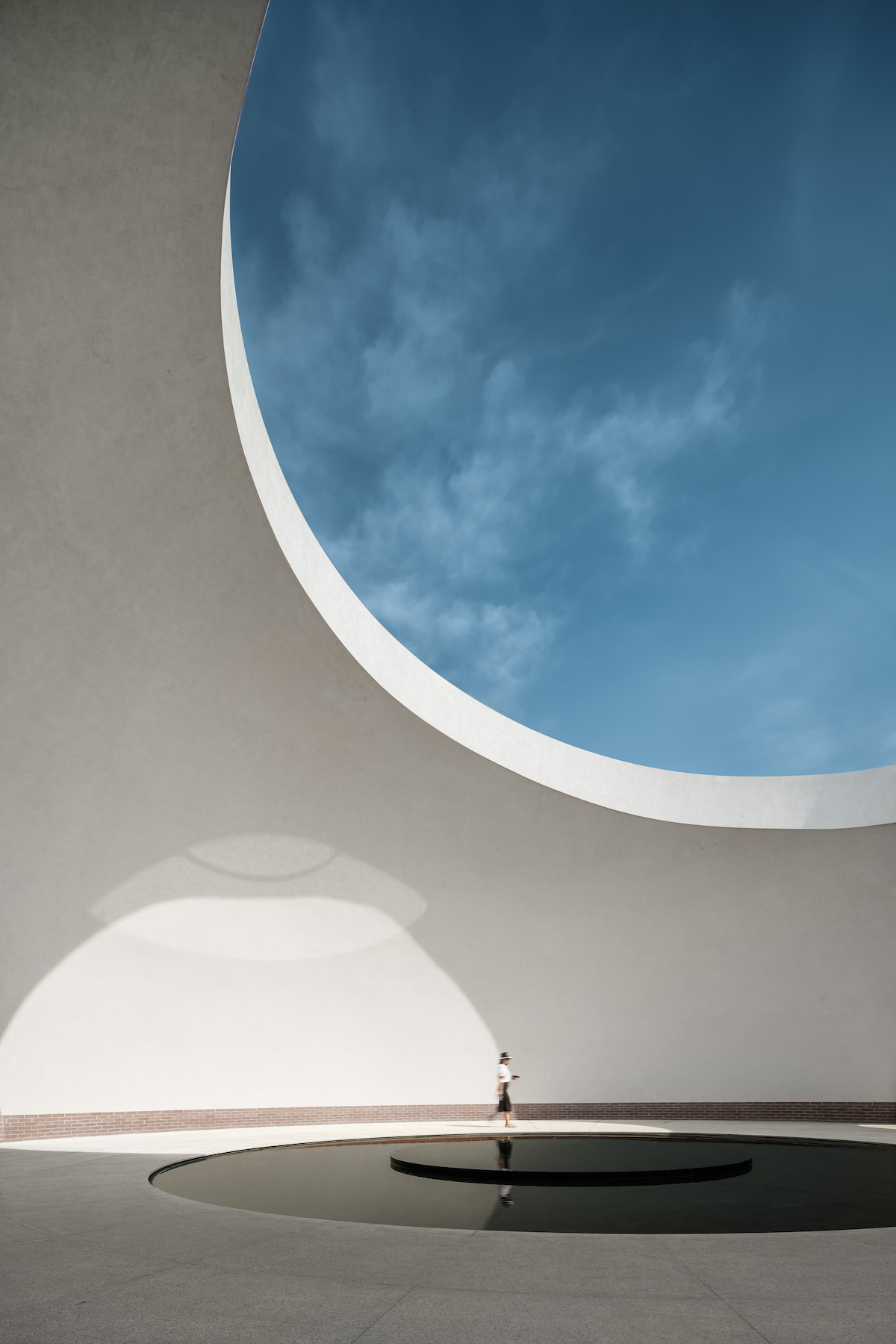
Image caption: DongFeng Yun Hotel Mi’Le – MGallery, where architecture is art. | Image credit: CCD
HK: In your company’s profile, it says that “CCD has always been the icon in the hospitality design field”, how would you explain that? What is the secret to success in hotel and hospitality design (we heard you have more than 1,000 employees). How did you manage a large team?
KH: CCD is not a leader but a runner in the field of hotel design. There are many excellent designers and design works in the world, and they are interpreting design from different perspectives. Each has its own advantages and characteristics. CCD shows the difference of Chinese design to the world with Oriental wisdom and hospitality.
The hotel is a microcosm of social life. We must fully understand life and pay attention to the needs of everyone. Only in this way can we produce good hotel design works.
CCD has a good management system, which can mobilise the enthusiasm and creativity of every designer. This is also the way for CCD to maintain design vitality. In response to the diversified needs of the market, CCD has successively launched sub-brands FED, UCD, WUWU ART, and technology brand XIZHAO.
FED designs for boutique projects and chain hotels standardisation customisation. UCD designs public spaces and corporate headquarters. WUWU ART provides art consulting services. XIZHAO creates design data platform. Therefore, CCD’s products and services are connected across borders and customised flexibly.
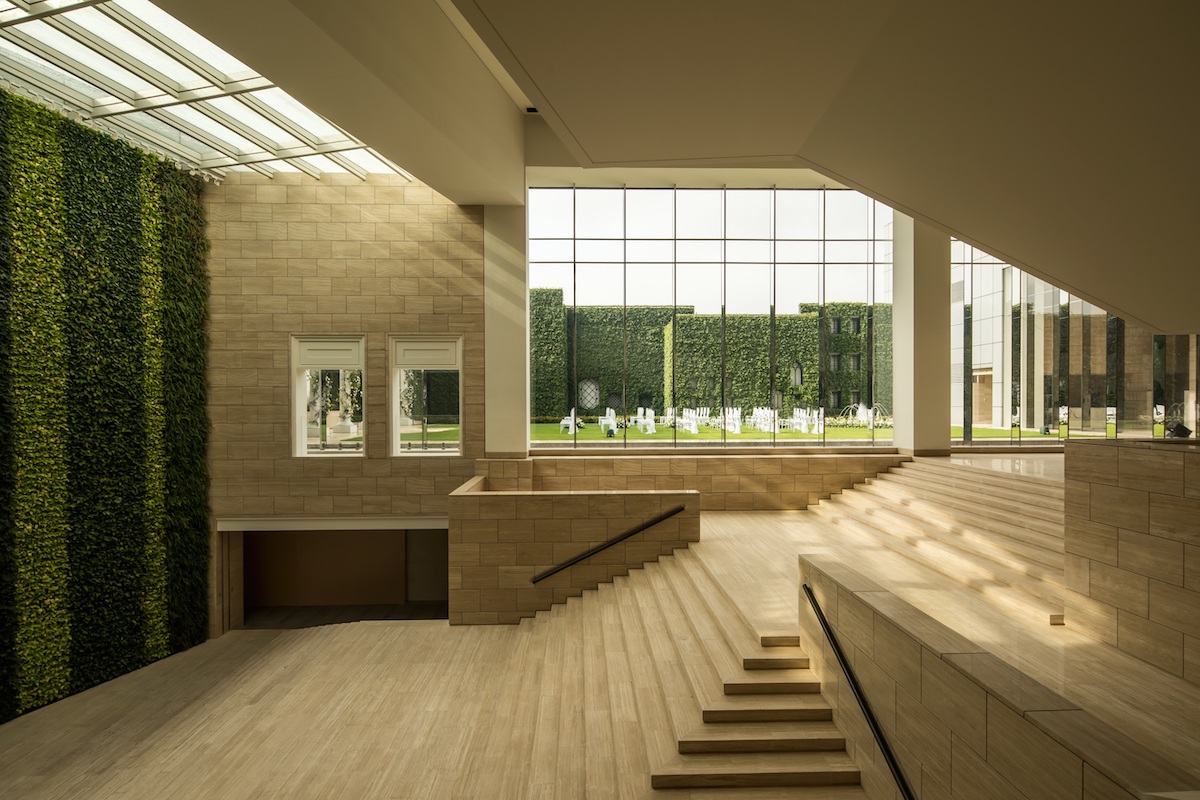
Image captions: The public areas inside Sofitel Foshan Louvre Hotel are not what you would expect from a Parisian hotel. | Image credit: CCD
HK: What are the biggest shifts you’ve witnessed within the hospitality industry in China over the past year?
KH: Covid–19 has changed the way people lived and traveled. Short trips are becoming more popular, and hotels become destinations for people to relax. In the future, hotel design will no longer be large-scale and luxurious, but will change to more life-oriented and refined.
Main image credit: CCD





